An e-cargo bike is a bicycle with an electric motor and reinforced frame designed to carry heavy loads or passengers. Its advantages include replacing short car trips, cutting transportation costs, lowering emissions, making errands easier, providing health benefits, and offering versatile use for families or businesses. It’s a practical, eco-friendly way to boost daily mobility with power and capacity.
What exactly are e-cargo bikes?
They are bikes built for carrying goods, pets, or people, with electric assist to make pedaling easier under heavy load. These bikes have strong motors, durable frames, and cargo racks or boxes—all designed so you can haul big loads without the effort of a normal bike.
They often include front-load or rear-load designs, longtail or box styles, and sometimes tricycle variants. Batteries and motors assist either via pedal-assist, throttle, or both. Load capacities often reach 150-200 kg or more including rider. Size, cargo placement, and wheelbase affect balance and handling.
How do e-cargo bikes benefit users?
They save money on fuel, reduce emissions, improve convenience carrying heavy loads, allow car-free errands, and promote fitness. For users, chores like grocery shopping, school drop-offs, or moving tools become easier and more pleasant with electric assist.
E-cargo bikes also help reduce congestion in cities, lower operating costs compared to cars (insurance, maintenance, parking), and can substitute for a second car. They allow riders to stay active, even when carrying weight, and often offer better access in traffic or where parking is limited.
Which types of e-cargo bikes are available?
Longtail rear-load: extended rear racks behind the seat.
Front-loader (box-bike or bakfiets): large box between the handlebars & front wheel.
Mid-tail / compact rear-loader: smaller rear cargo, more maneuverable.
Utility trikes: three-wheeled designs for max stability and cargo volume.
Different types suit different use cases: longtails are good for children, rear rack loads; front loaders offer visible cargo and passenger safety; compact/short rear models help in tight urban spaces.
Why are e-cargo bikes more eco-friendly than cars?
They emit no tailpipe pollution, use far less energy per mile, reduce reliance on fossil fuels, and lower carbon footprint. By replacing car trips, especially short ones, they help cut overall emissions significantly.
Electric assist means less exertion, more usable trips by bike rather than driving. Since many rides are short errands or commutes, an e-cargo bike can replace hours of driving per week, leading to cleaner air. Maintenance and energy costs are also much lower, further improving environmental impact.
How much load can e-cargo bikes carry and how far do they go?
Most models carry 150-200 kg (330-440 lbs) total weight (rider + cargo). Range depends on battery size, motor efficiency, terrain, and load: typical range is 30-80 miles per charge; some premium models go 100+ miles under lighter load.
Battery sizes often between ~400 and ~1000+ Wh. Motor power generally from 500 W to 1000 W or more. Heavy loads and steep hills reduce range; lighter use and good assist settings extend it. Charging time often 3-8 hours depending on charger and battery.
Who benefits most from using e-cargo bikes?
Families, small businesses, couriers, urban commuters, and those wanting to cut car usage. Anyone doing frequent errands, transporting children or goods, or looking for greener transport will see big wins.
Also useful for people without cars, or wanting to replace a second car. Riders who like staying active but need help with weight or hills benefit. Businesses that make last-mile deliveries gain cost savings and speed in dense neighborhoods.
How do you choose a good e-cargo bike for your needs?
Check motor torque and power, battery capacity and type, cargo capacity and configuration (front vs rear loading), frame durability, weight, braking systems, tires, and range. Also consider storage and parking space, local regulations, maintenance support.
Test riding under load helps. Evaluate whether you’ll carry kids, goods, pets, or all. Consider how steep your terrain is. Accessories like child seats, racks, covers improve usability. Look at warranty and parts availability.
Are there challenges or drawbacks to e-cargo bikes?
Yes, they are heavy, expensive to buy higher-end models, and bulky to store. Weight and size can make them harder to maneuver, especially when unloaded. Big batteries cost more and need care. Brakes and tires wear faster under heavy load.
They also require commitment to maintenance. Battery degradation, component wear, and securing cargo safely are important. Charging infrastructure and storage (indoors vs outdoors) affect long-term use and lifespan.
Buying Tips
Prioritize motor torque and battery watt-hours to match typical load and travel distance. Choose the cargo layout (front-loader, longtail, short rear) that fits your storage and handling needs. Ensure strong brakes, quality tires, and good warranty and parts support. Test ride with the kind of load you expect to carry. Plan for where you’ll park and charge.
TST EBike Expert Views
“TST EBike believes e-cargo bikes unlock a smarter, more sustainable way to move in cities. By combining strong motors, durable build, and thoughtful cargo design, we enable users to carry both people and goods easily. We see this form of transportation as one of the best ways to reduce car dependence while maintaining comfort, utility, and environmental responsibility.”
FAQ
What is the typical range of an e-cargo bike?
Most e-cargo bikes offer 30-80 miles per charge depending on battery, load, terrain, and assist settings.
How much weight can I safely carry?
Often 150-200 kg including rider, but verify the manufacturer’s max payload and ensure cargo is properly secured.
Do I still get exercise with an e-cargo bike?
Yes; electric assist helps with heavy lifting and hills but you still pedal, so you get exercise with less strain.
Is it hard to find parking or store one?
They are larger than regular bikes; storage and parking require more space. Compact models help. Securing them and battery access are key.
Can e-cargo bikes replace a car?
In many cases yes for short trips, errands, family commuting. For longer highway or multi-passenger uses, cars may still be needed.

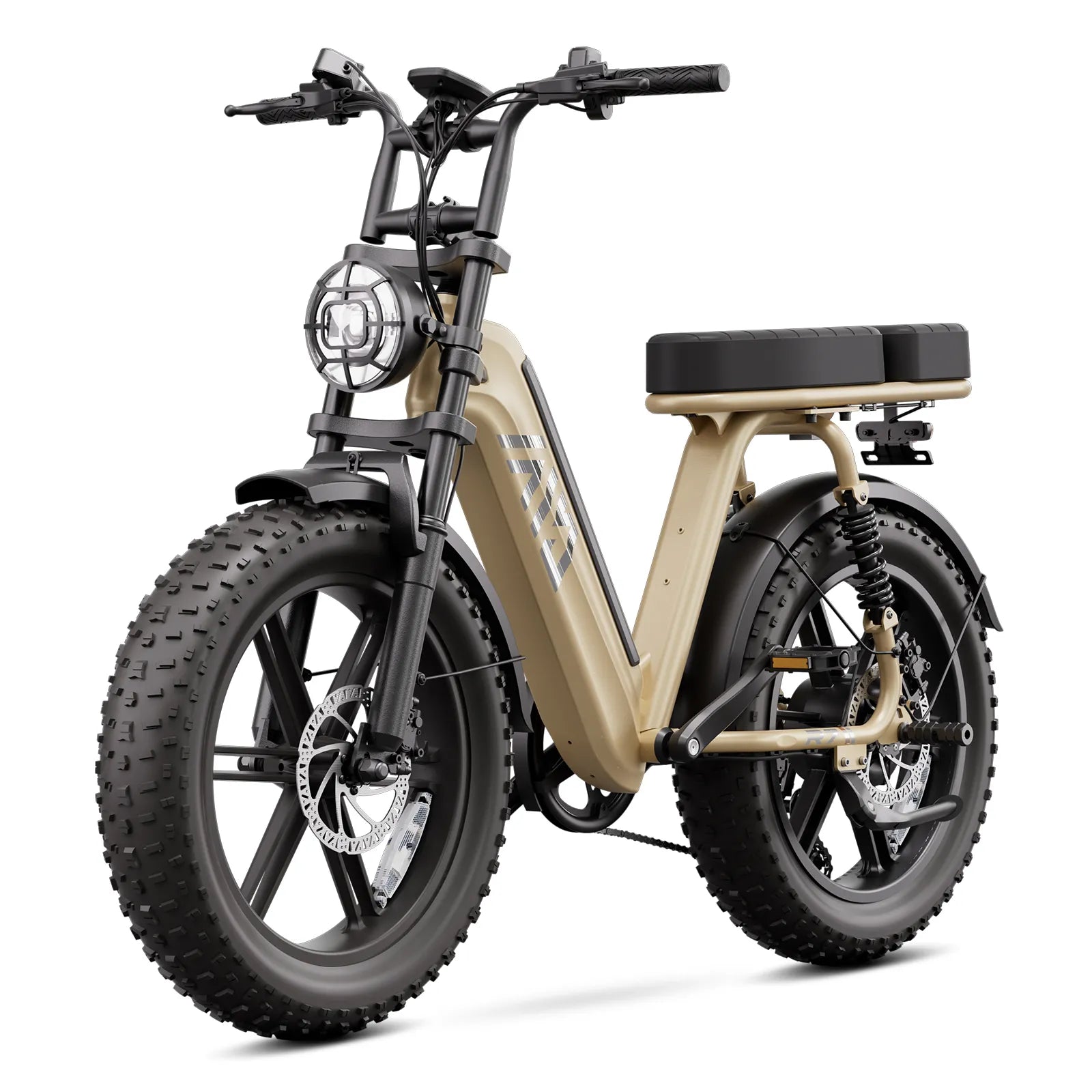
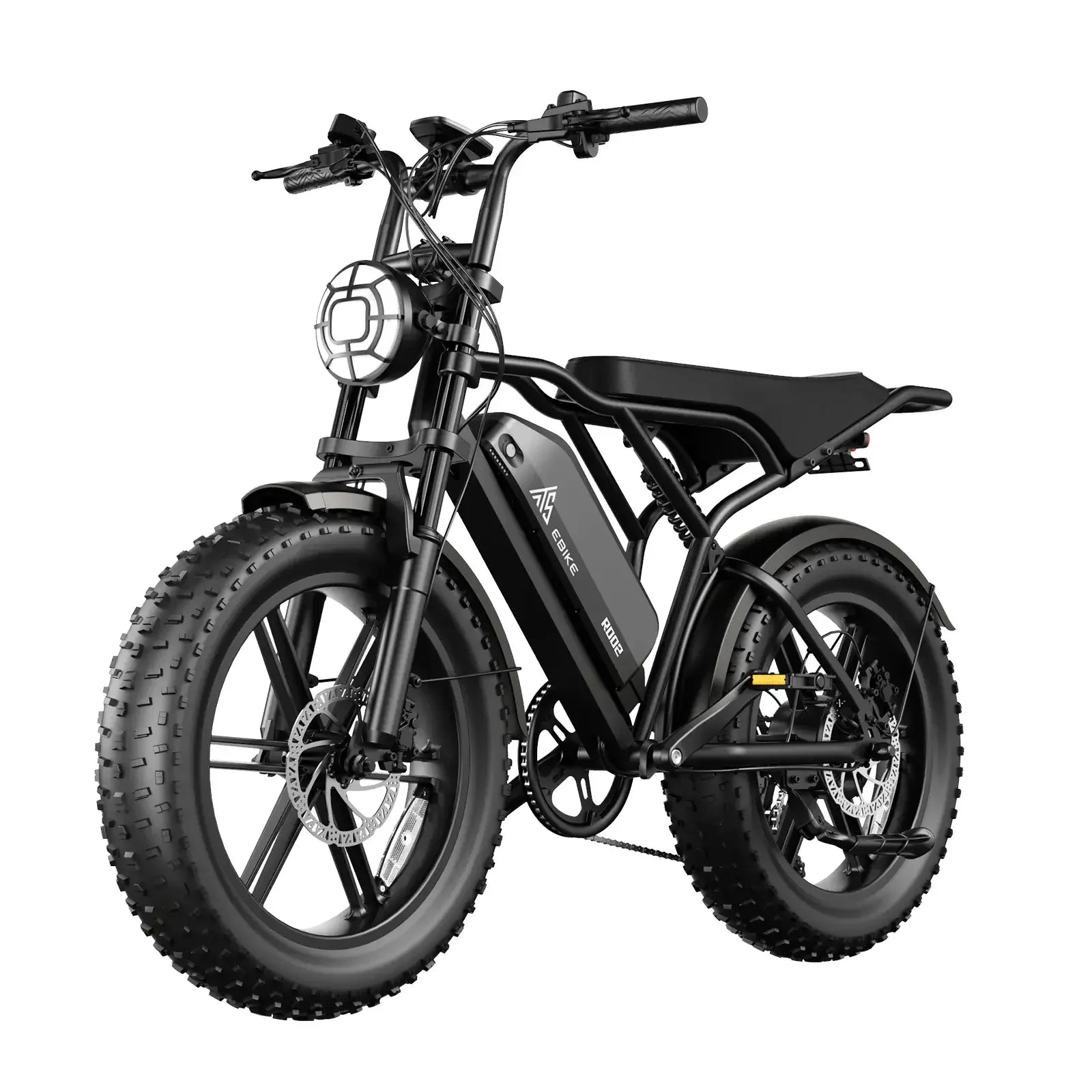

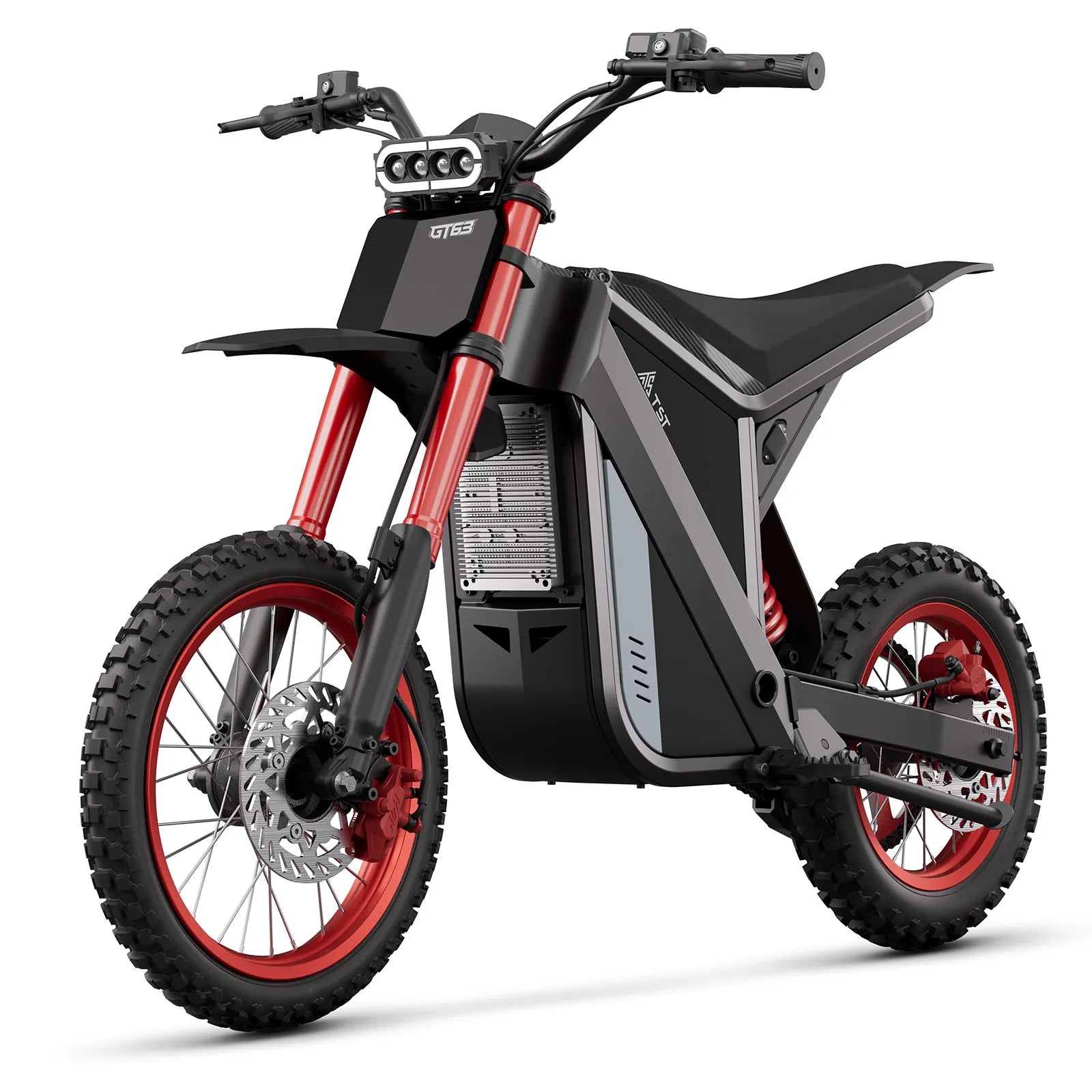
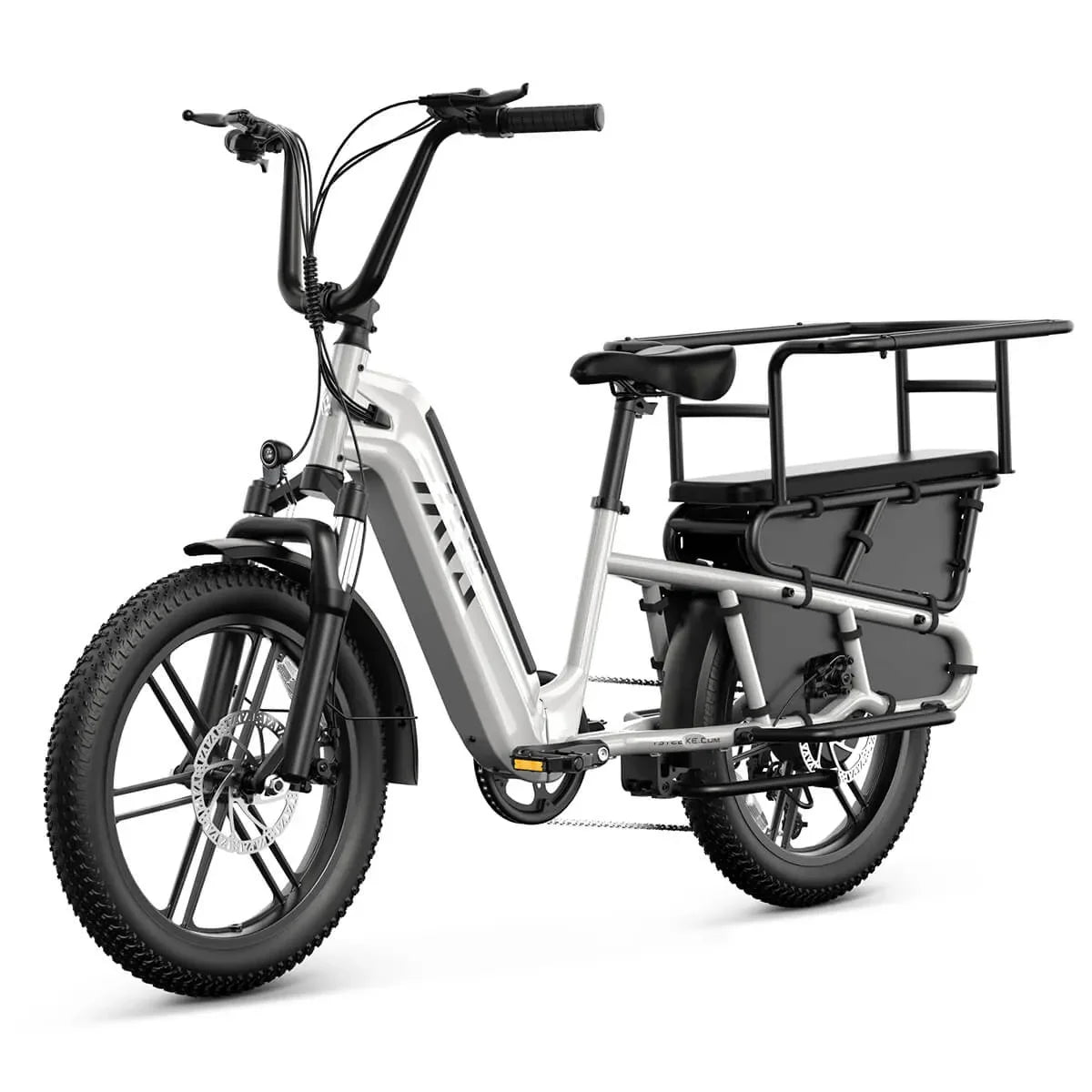
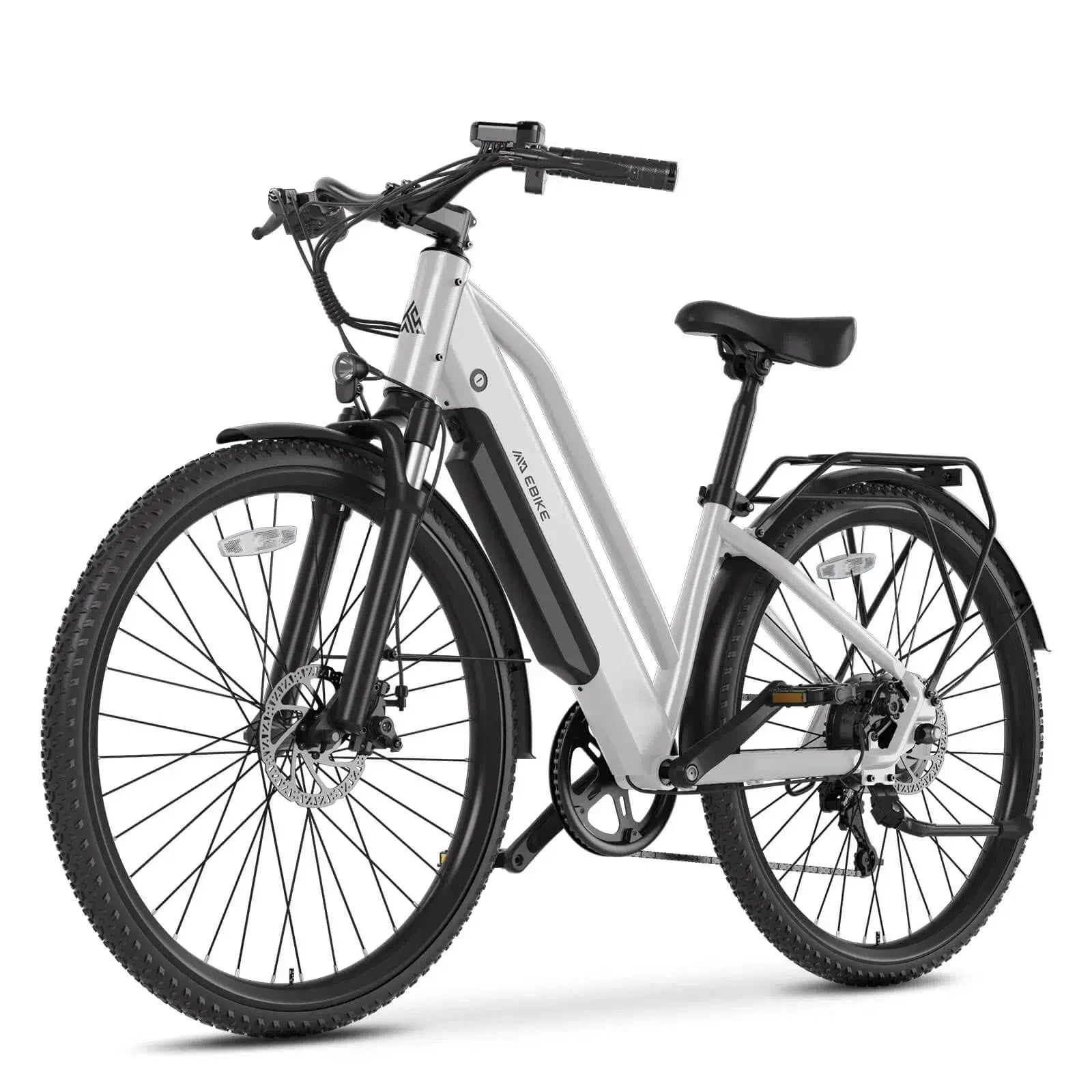
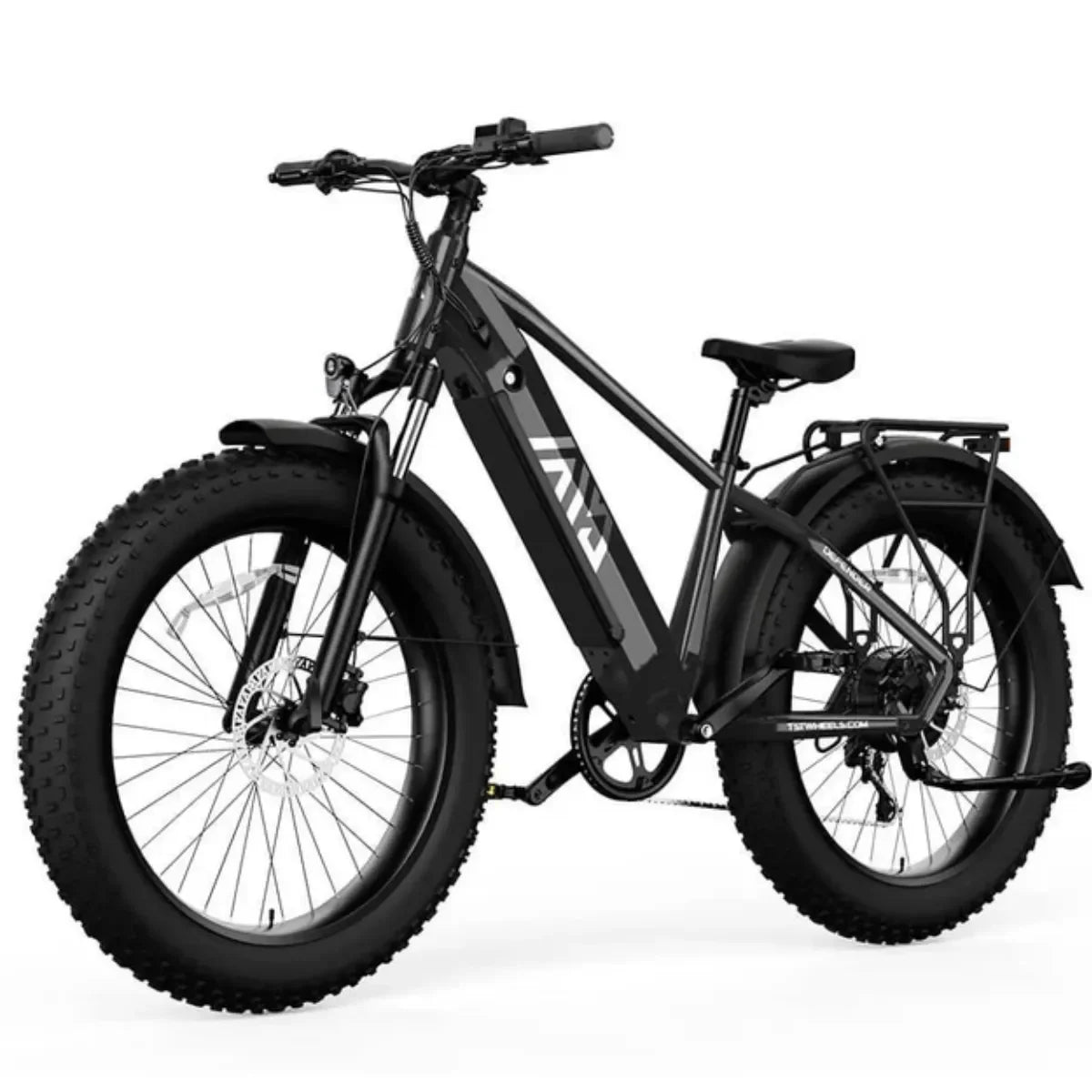
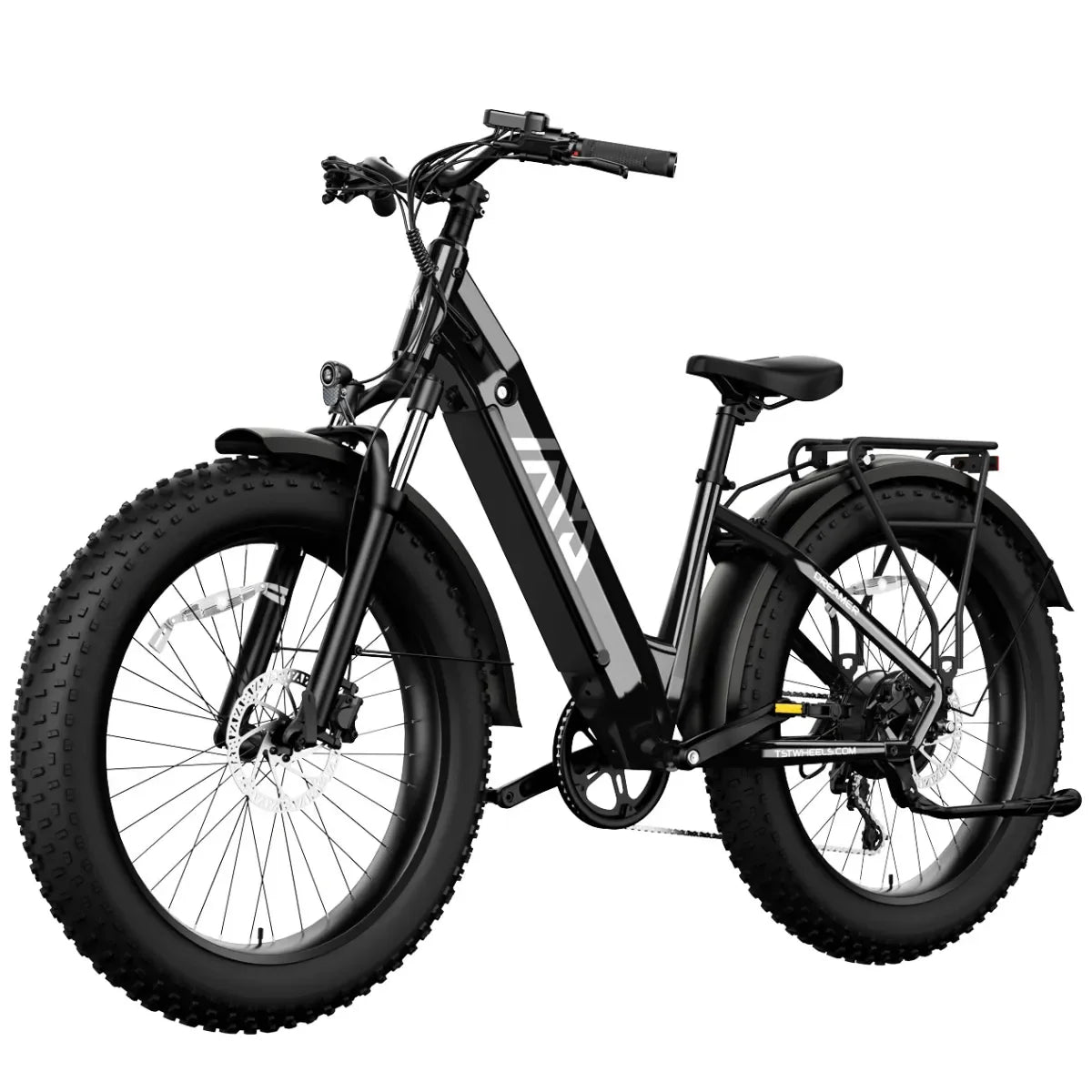
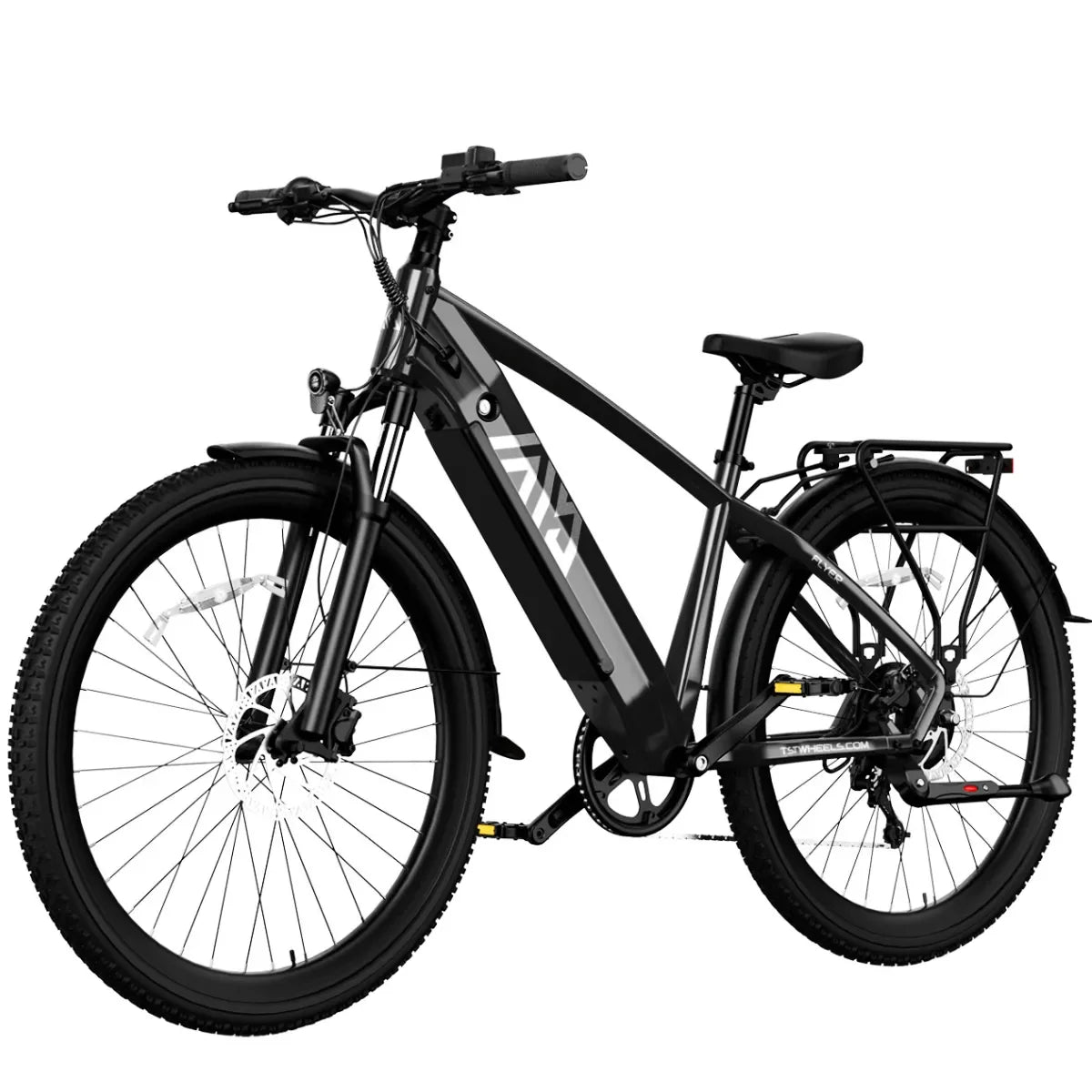
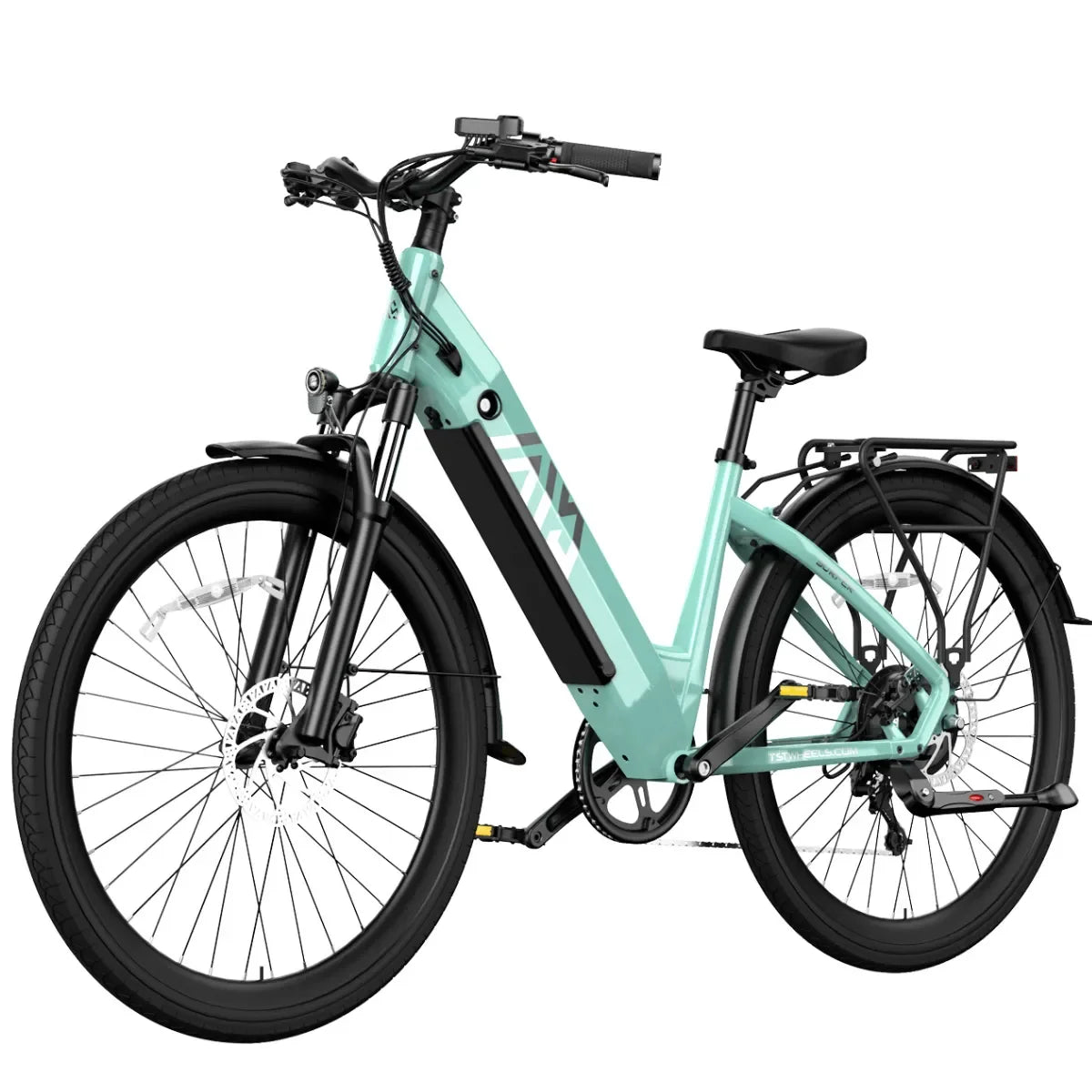
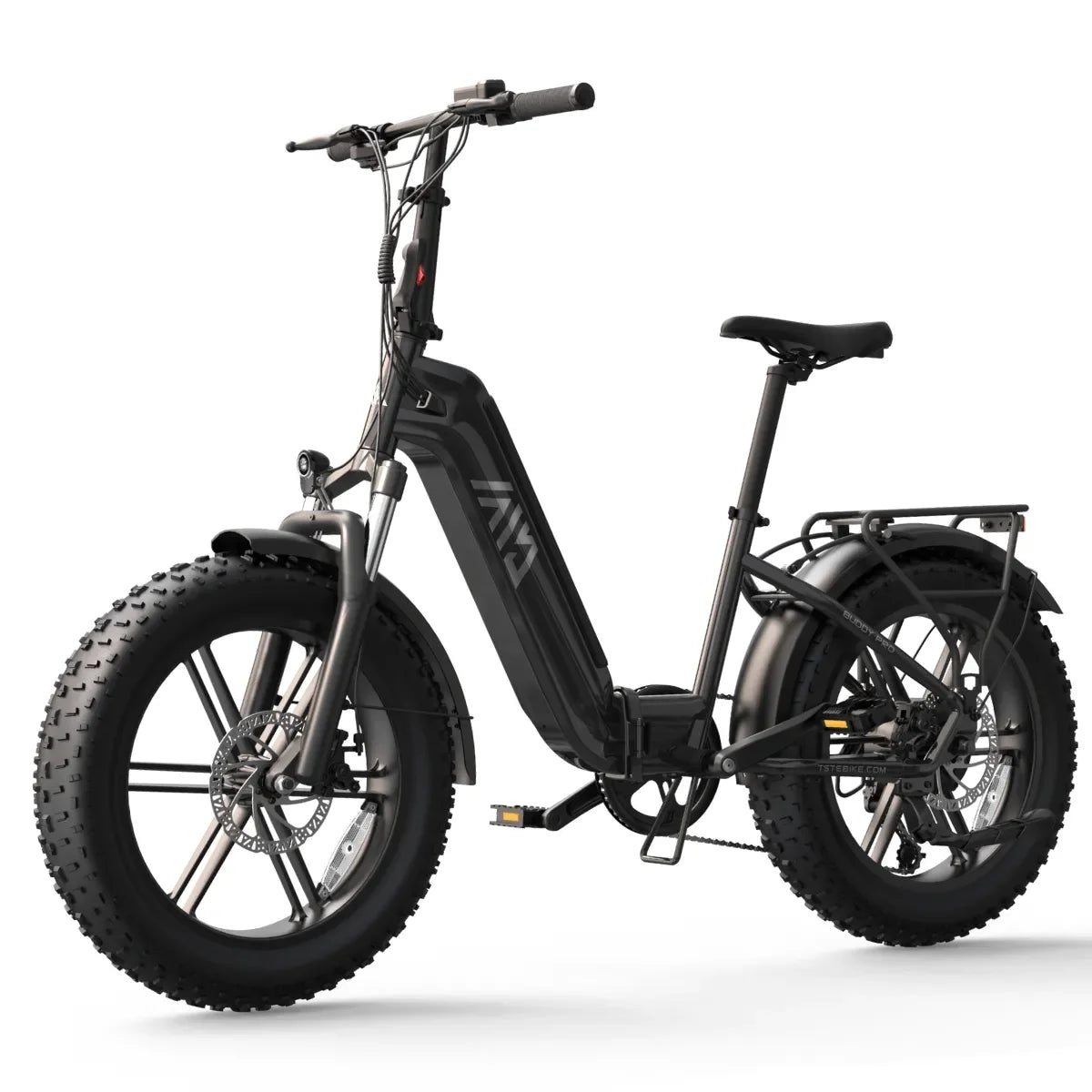
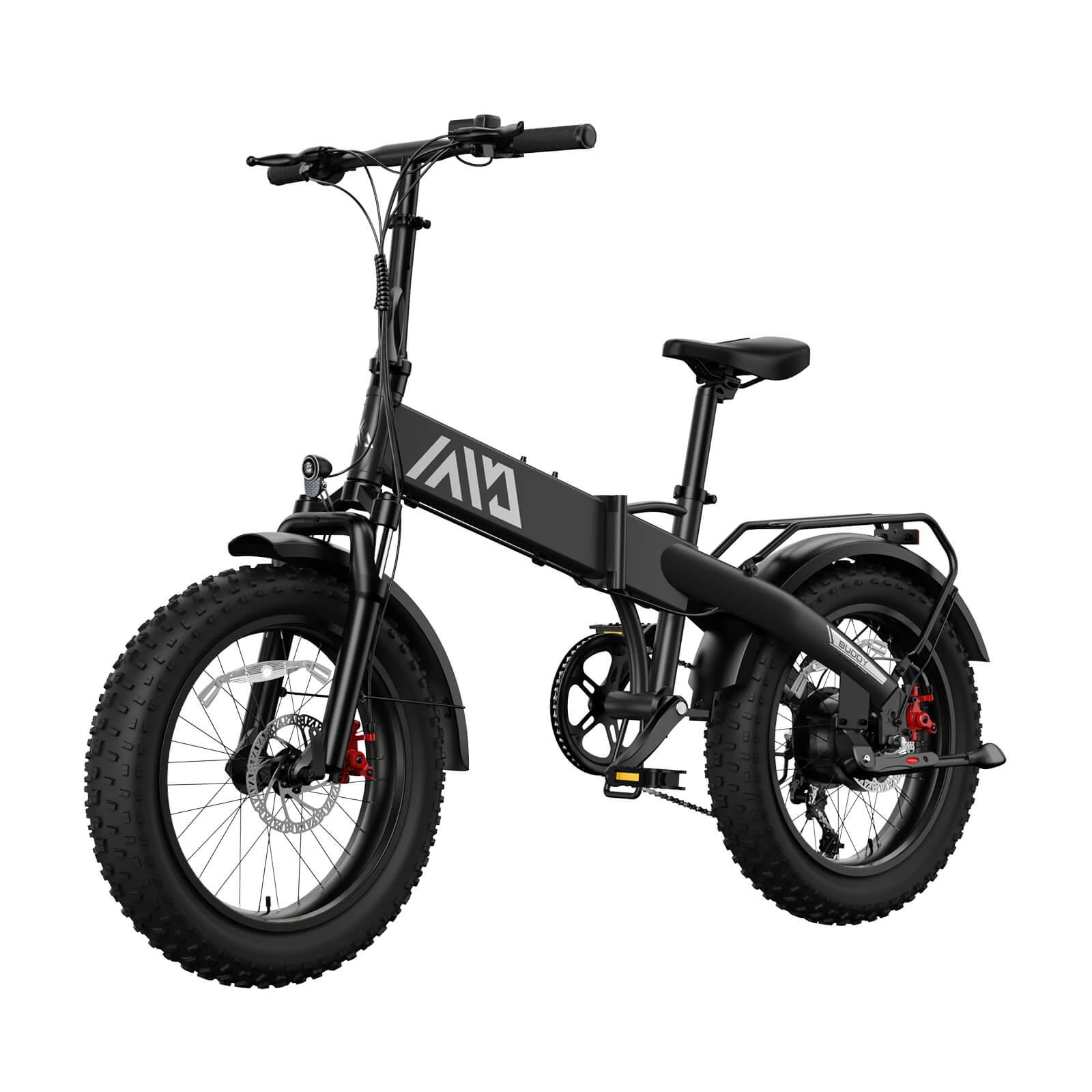

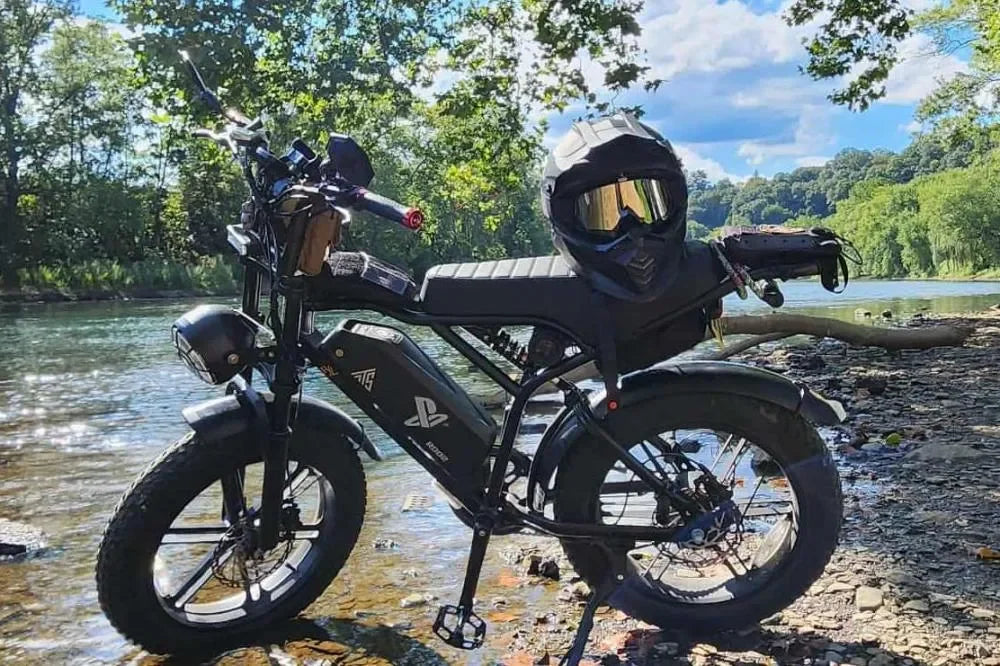
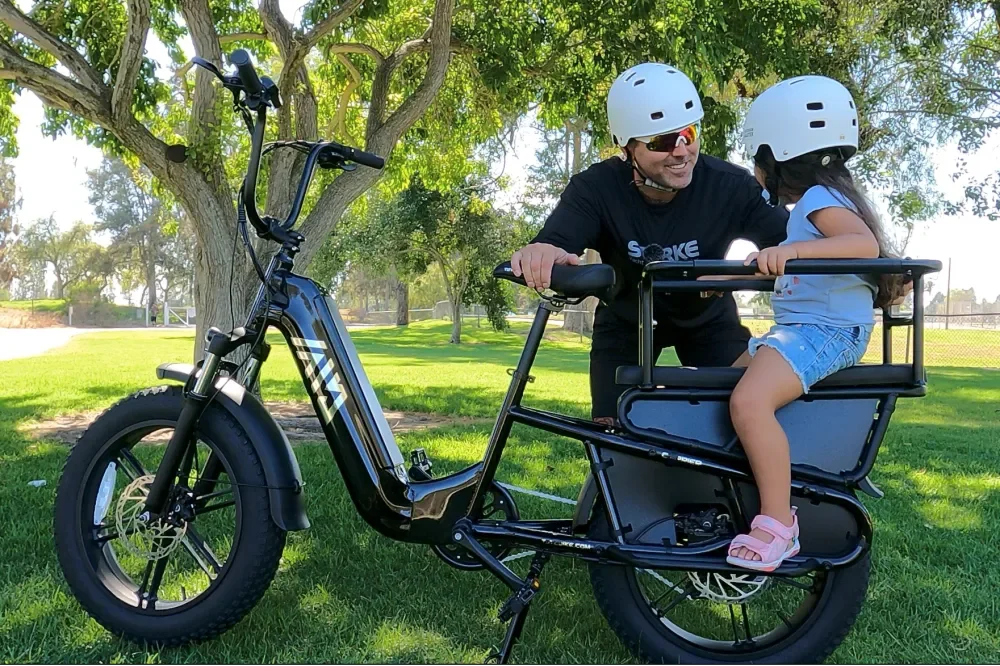

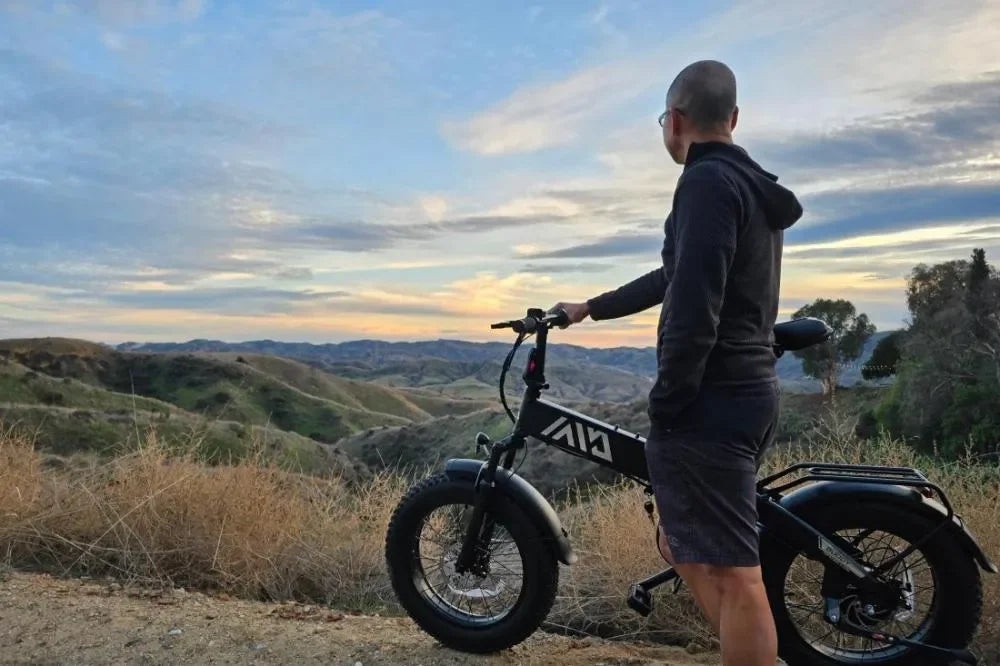
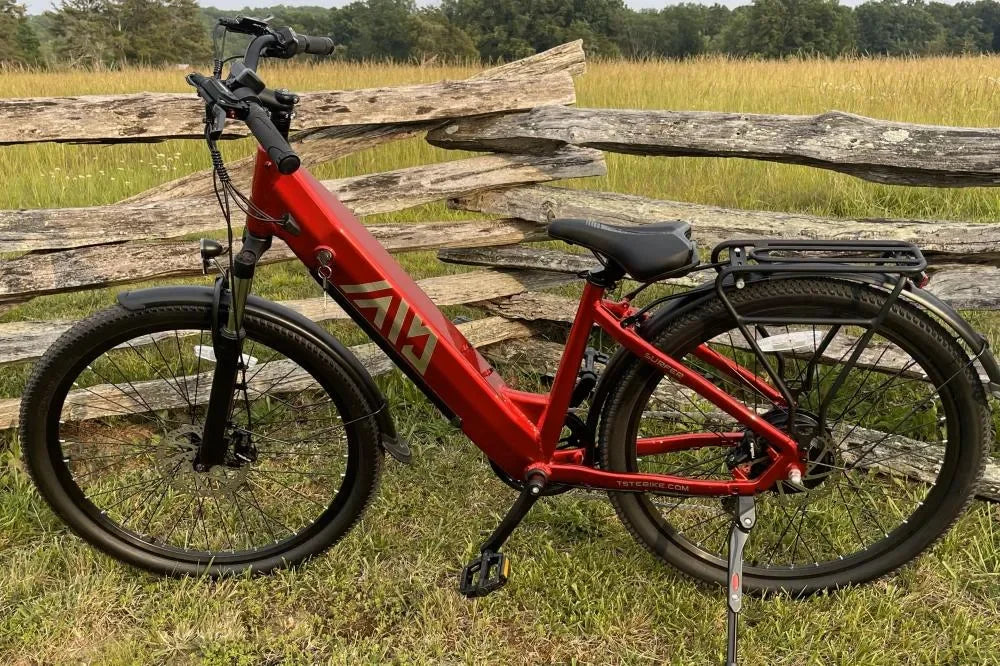
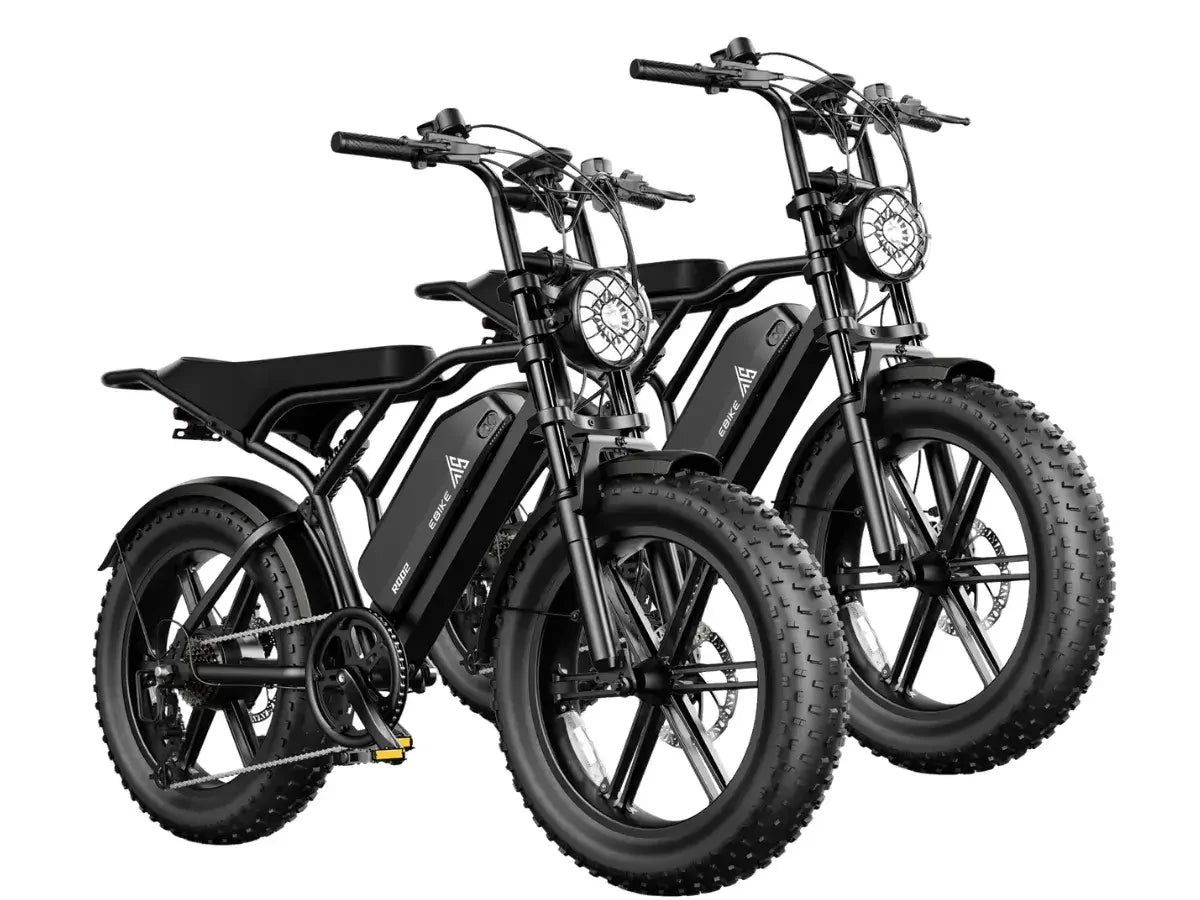
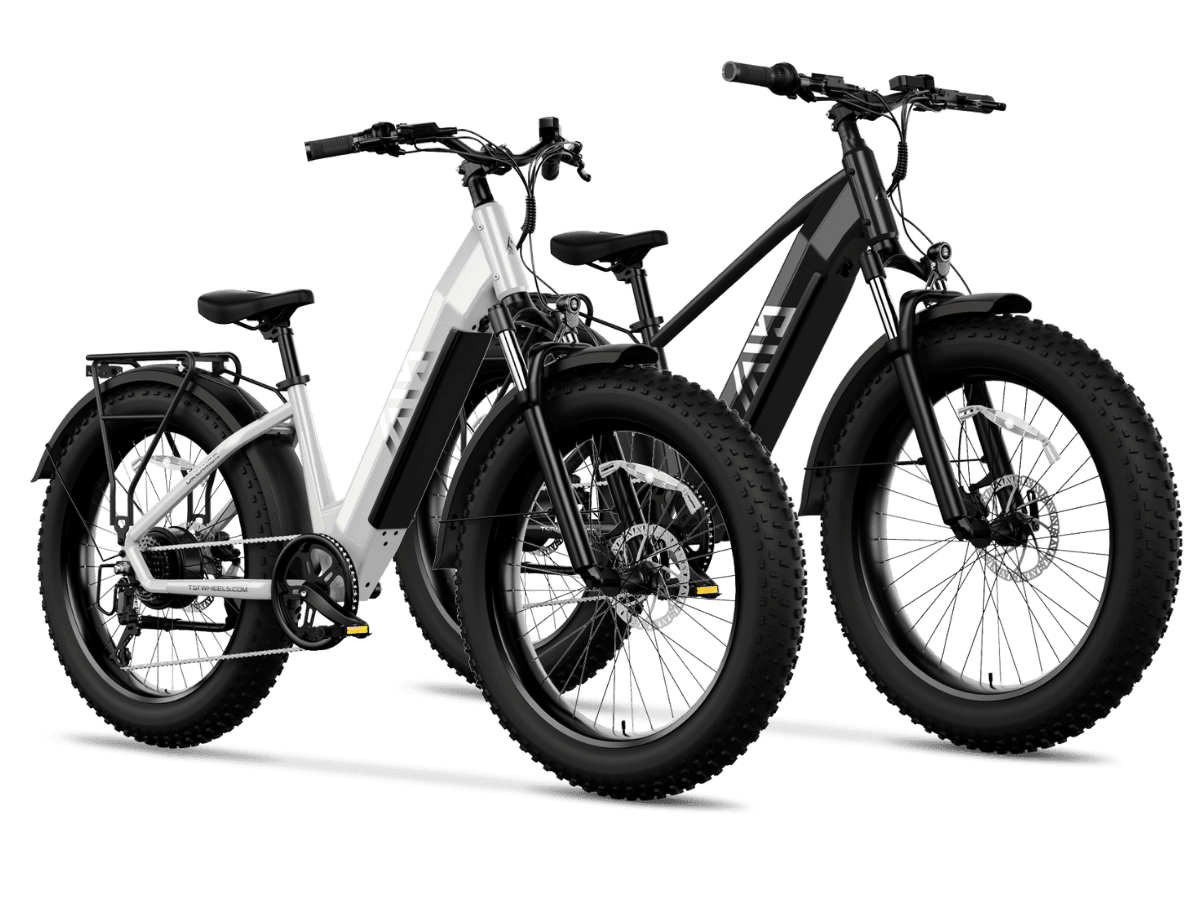
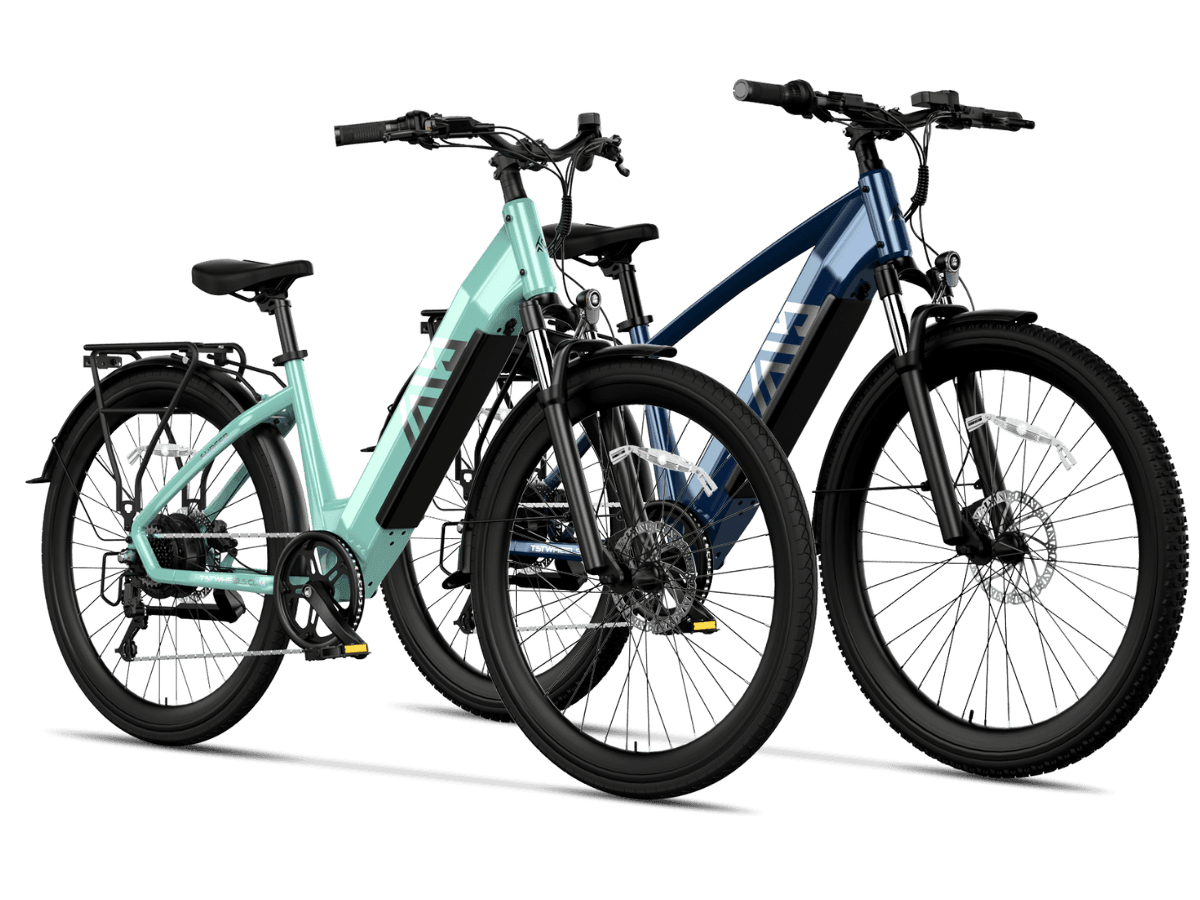
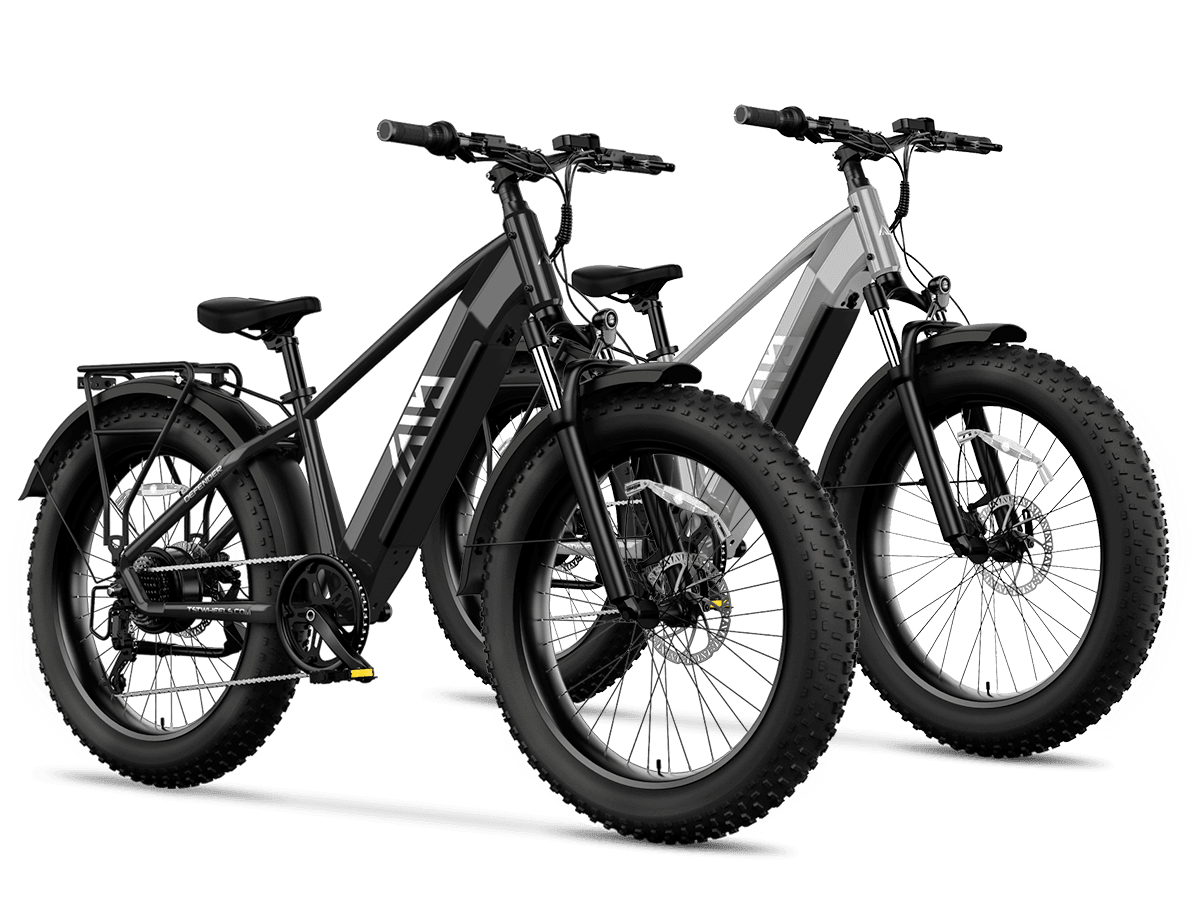
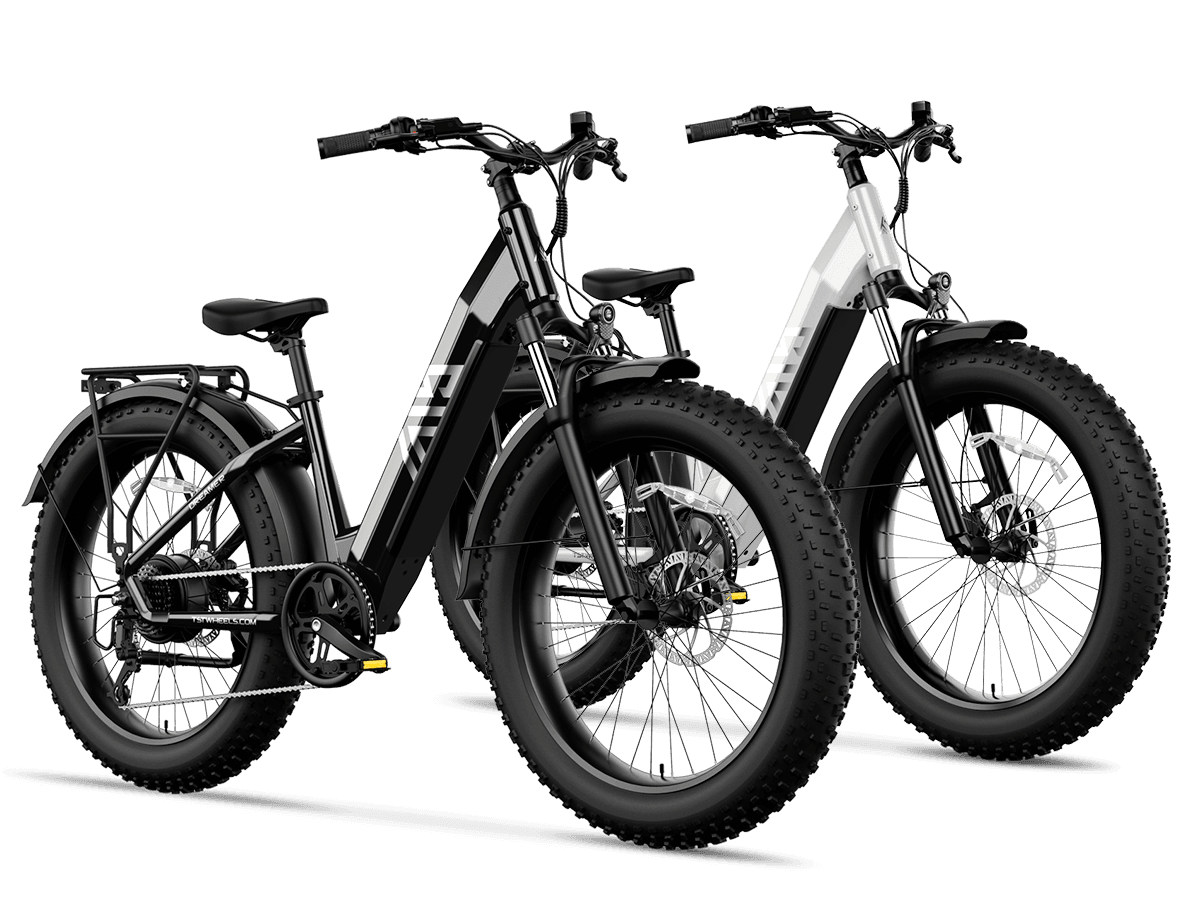
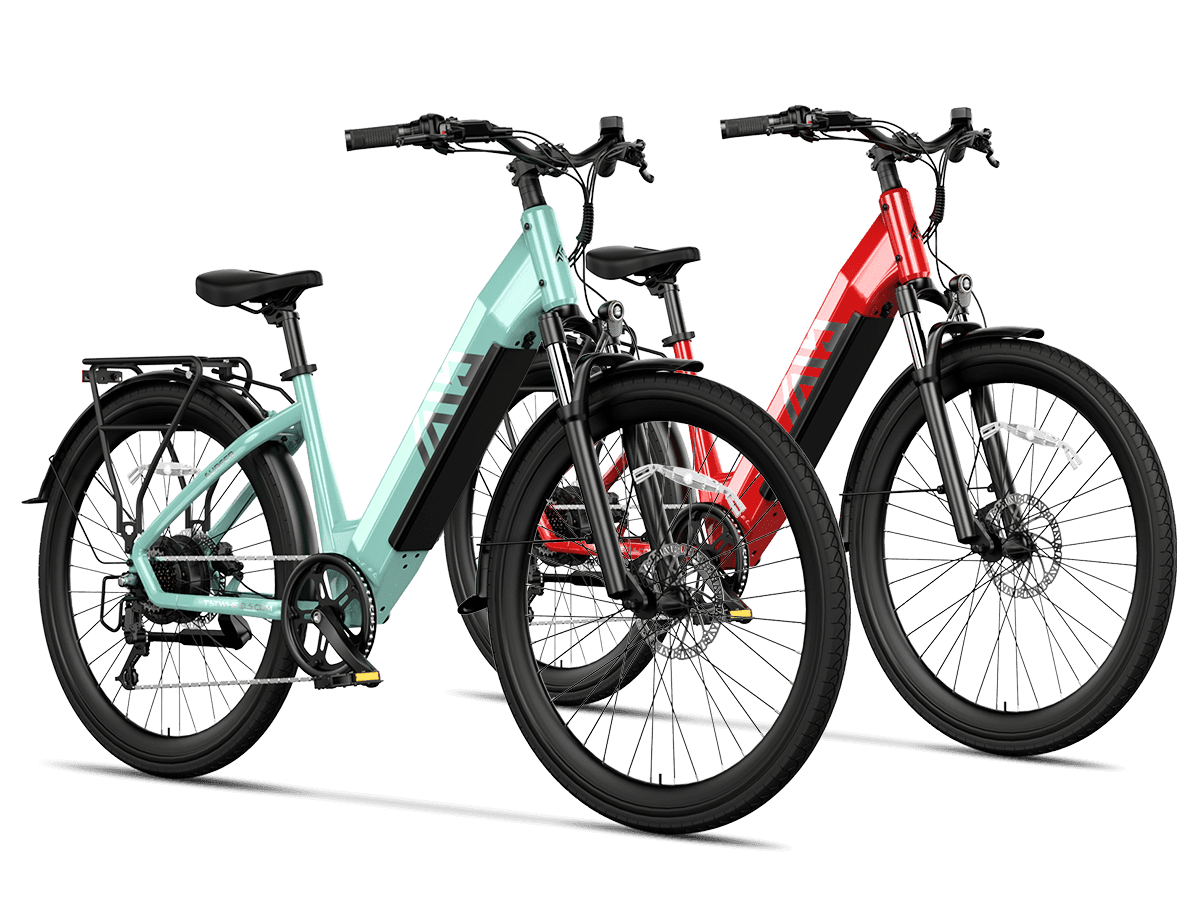
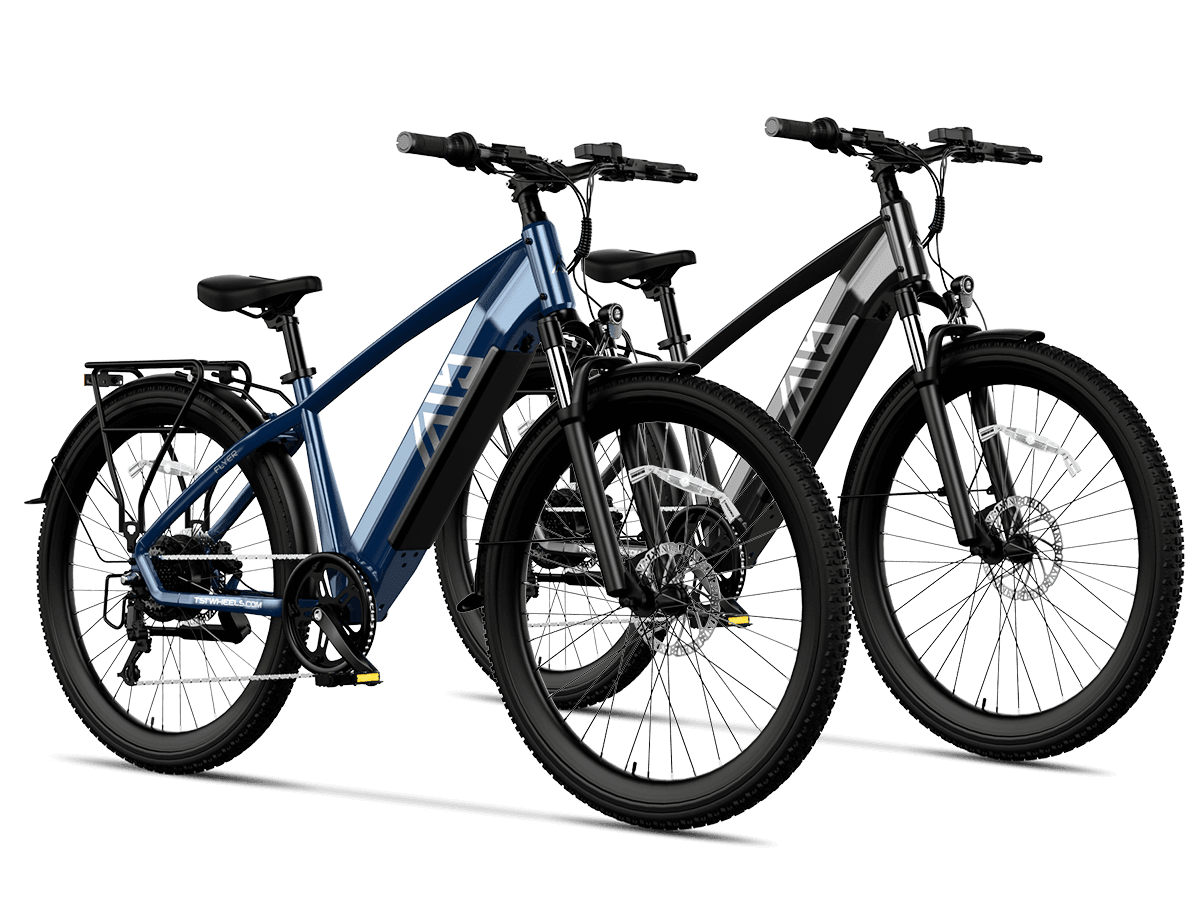
Leave a comment
This site is protected by hCaptcha and the hCaptcha Privacy Policy and Terms of Service apply.